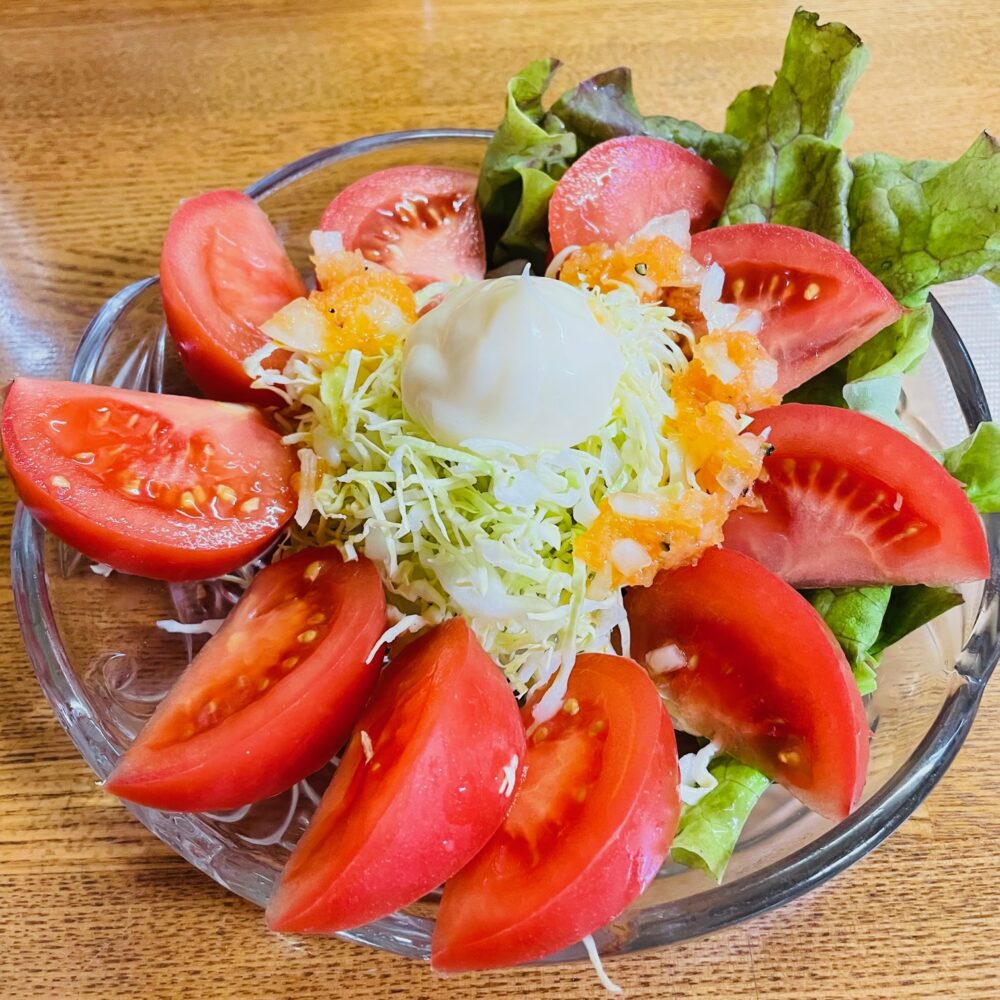Local trains in Saitama Prefecture (Chichibu Railway) (2)
Table of Contents
1: Seibu Railway’s express train La View to Chichibu
2: Shiba-sakura hill (Hitsujiyama Park), Mitsumine Shrine
3: Chichibu Railway to Kumagaya
4: Kangiin Shotendo (Menuma Shodenzan Temple)
5: “Yakitori” in Higashi-Matsuyama
4: Kangiin Shotendo (Menuma Shodenzan Temple)
Arriving at Kumagaya Station, I took a bus to Kangiin Temple. The common name of Kangiin is Menuma Shodenzan. The Kangiin Seidendo (main hall) is the only national treasure building in Saitama Prefecture. It is considered one of Japan’s three holy temples.
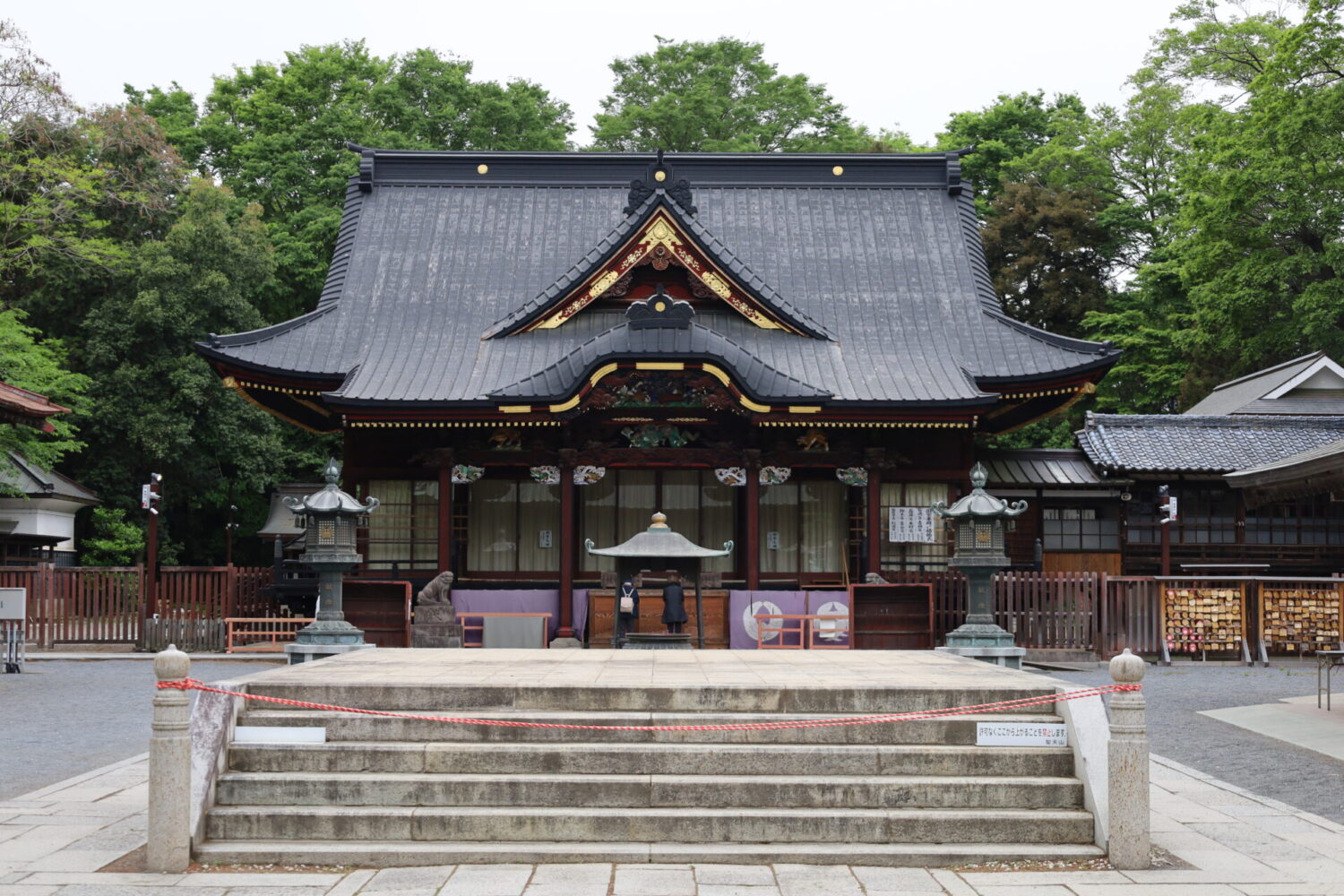
Kangiin Temple was founded in 1179 by Saito Sanemori, who built the Shoten Shrine to enshrine his guardian deity, the Great Kangiten. Kangiin Temple was visited by Minamoto no Yoritomo, the first shogun of the Kamakura Shogunate, and Tokugawa Ieyasu, the first shogun of the Tokugawa Shogunate, rebuilt it. Saito Sanemori was a military commander based in Nagai-sho (Menuma, Kumagaya) on the Heike side, who became famous during the Genpei wars. Sanemori is also portrayed in theatre, such as Kabuki and Noh plays.
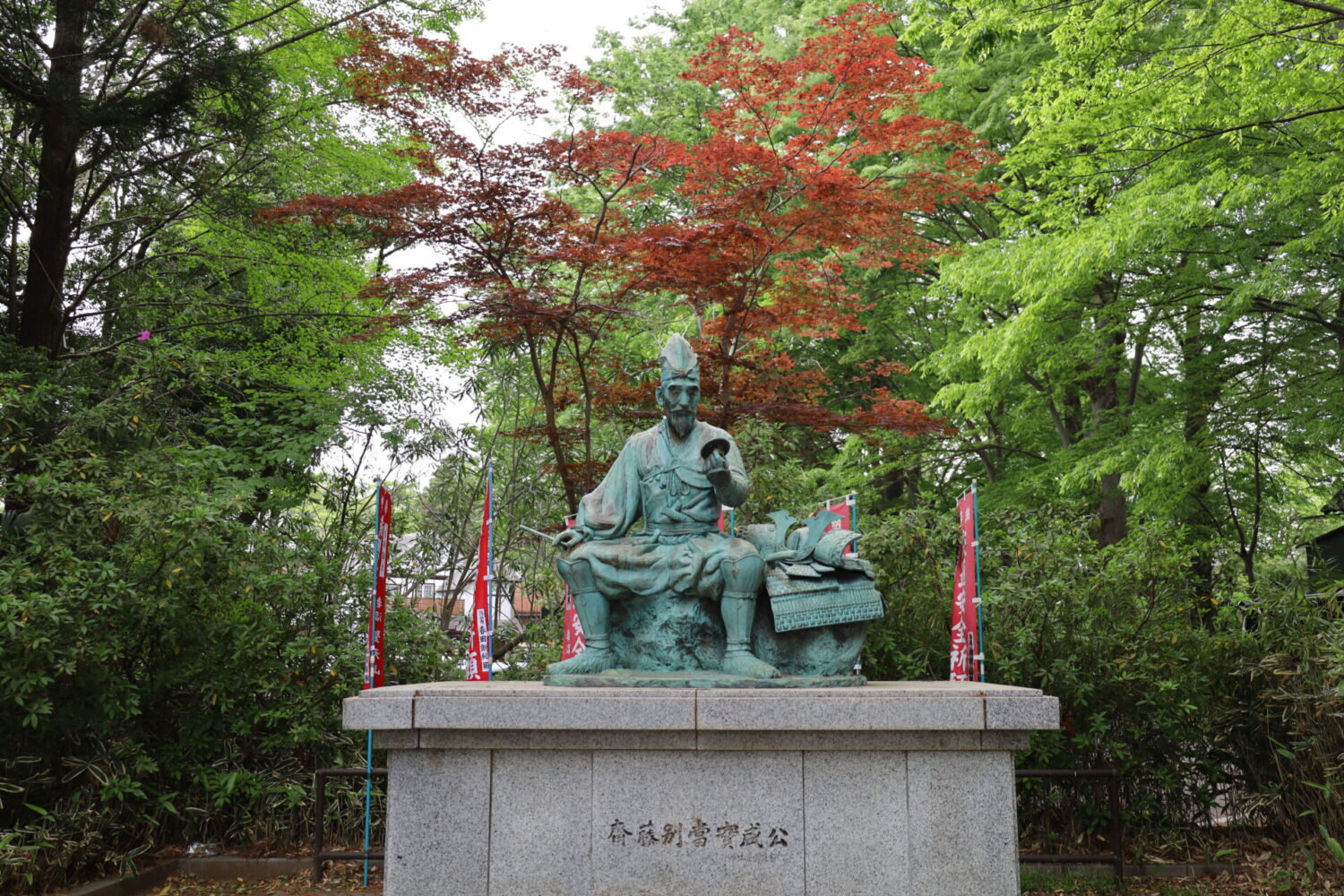
The current ‘Kangiin Shodendo’ was rebuilt in 1760 after being burnt down in 1670. It is known as ‘Saitama Nikko’ due to its decorative architecture, reminiscent of the Nikko Toshogu Shrine. Although the Kangiin Temple is a magnificent building, the fact that the reconstruction was made possible by donations from the people and not from the authorities is considered highly valuable in religious architecture. The Kisoumon gate of the Kangiin Temple is the main gate of the Shotendo and is an eight-legged gate with a magnificent scale, and is designated as a national important cultural property. The main feature of Kisoumon is its unique roof shape with three overlapping gables (mountain-shaped sections), of which there are only four examples in the whole of Japan. I was surprised because I had never seen such a gate before.
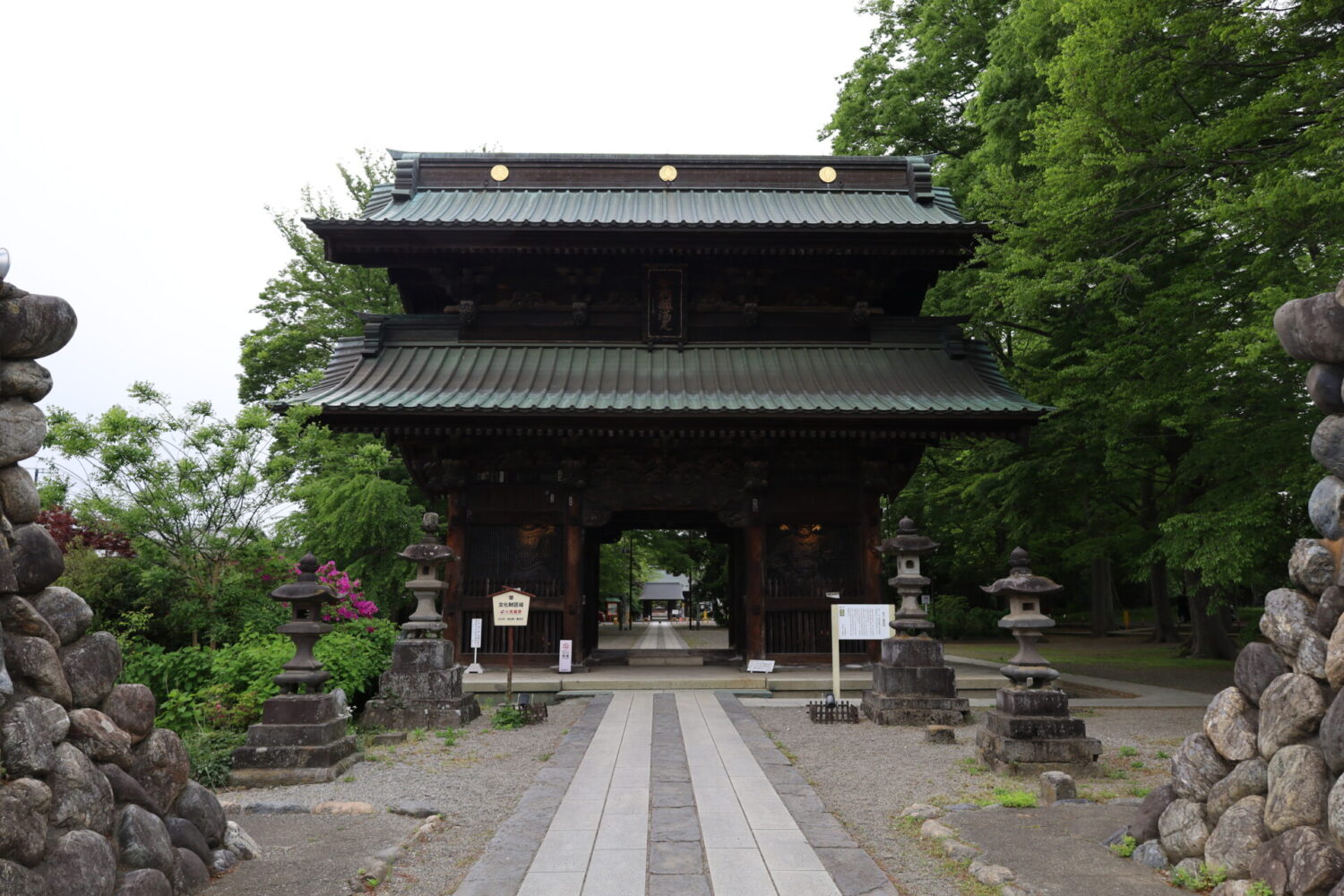
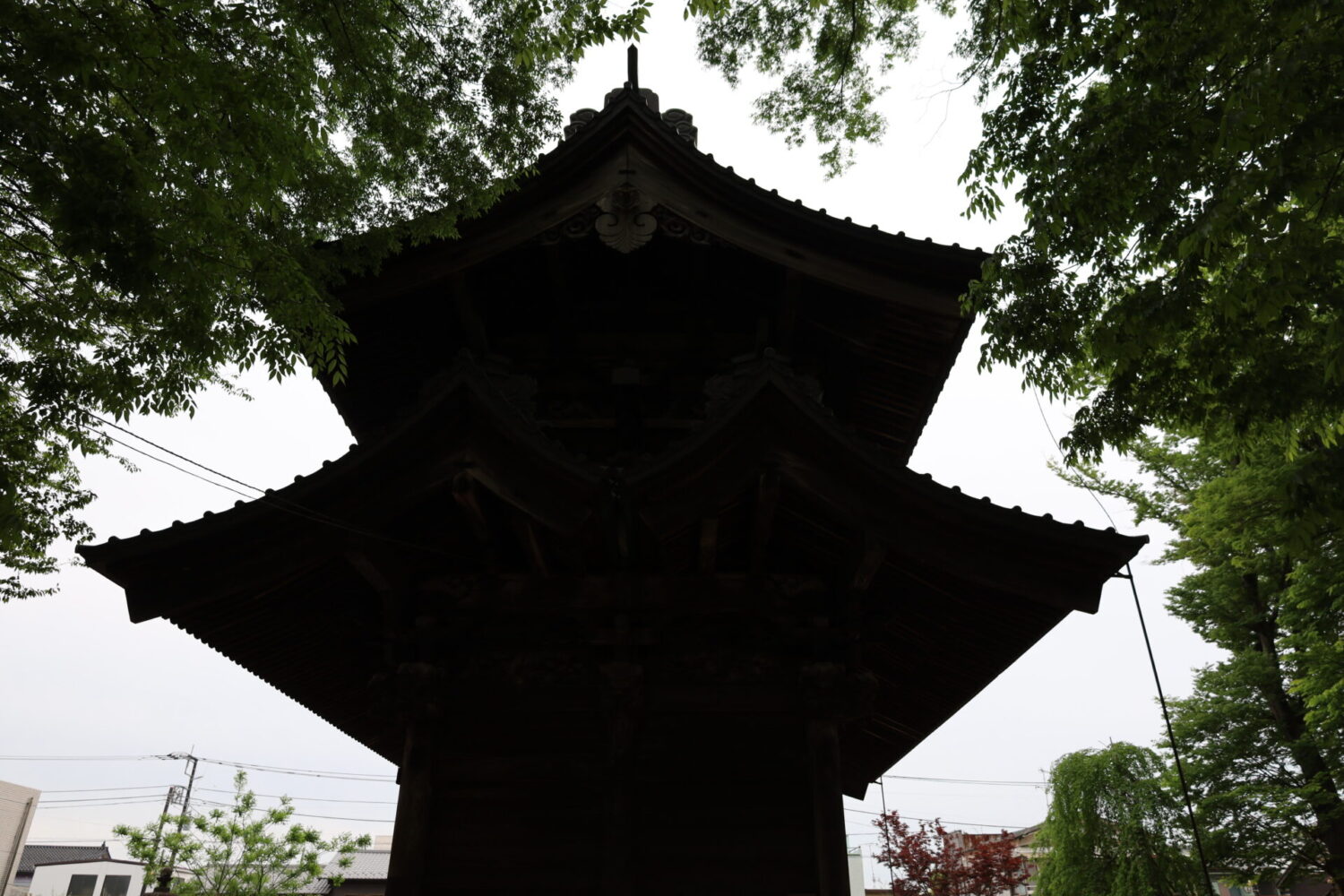
The problem with the Kankiin Seitendo is the short opening hours. On weekdays, the temple is open from 10 am to 3 pm and from 9.30 am to 4 pm on weekends and public holidays. I went at 4 pm on a weekday, so I could not see the splendid decorations of the Kankiin Seitendo from the front. I have visited many national treasure buildings in the past. Still, the short opening hours of the Kankiin Seitendo are outstanding.
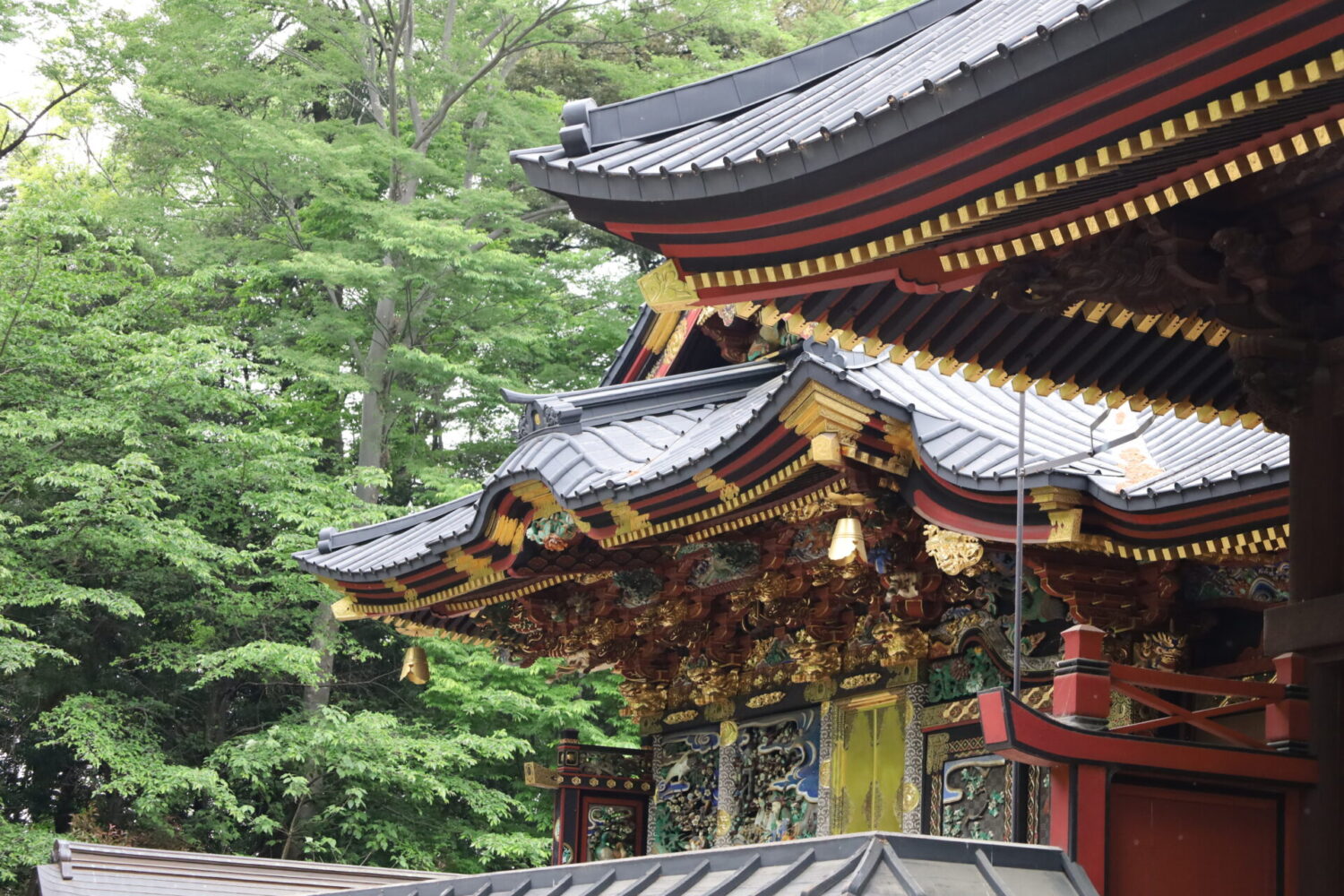
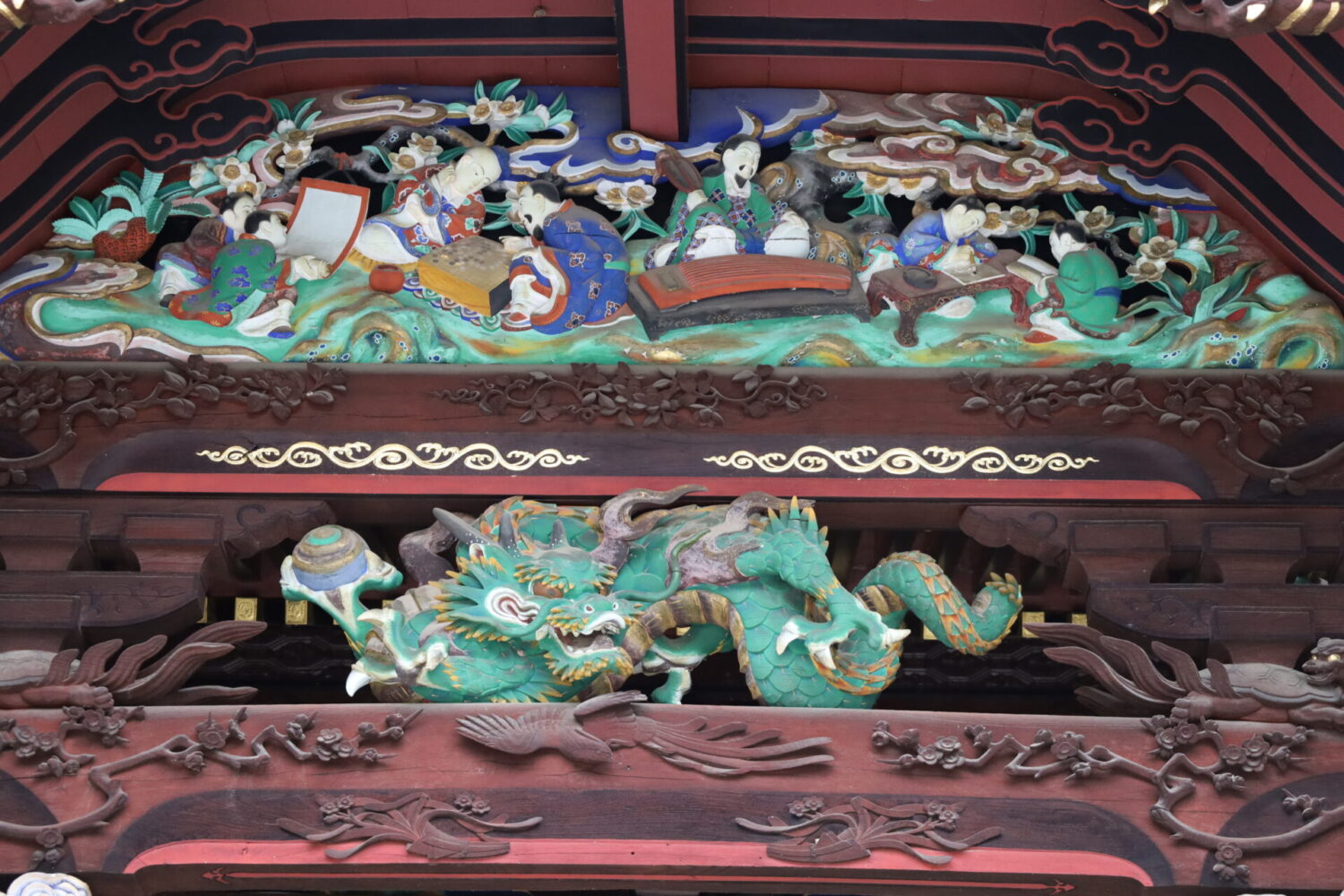
The area around the Tahoto (Peace Pagoda) is famous for its cherry blossoms in spring and autumn leaves in autumn.

5: “Yakitori” in Higashi-Matsuyama
After the Kangiin Temple, I traveled by bus from Kumagaya Station to Higashimatsuyama Station to eat Higashimatsuyama’s specialty, Yakitori. Yakitori in Higashimatsuyama City is made from pork Kashira (temple meat), slowly grilled over a charcoal fire. People eat ‘Yakitori’ with a spicy ‘miso sauce.’ We can eat ‘Yakitori’ at about 50 shops around Higashimatsuyama Station.
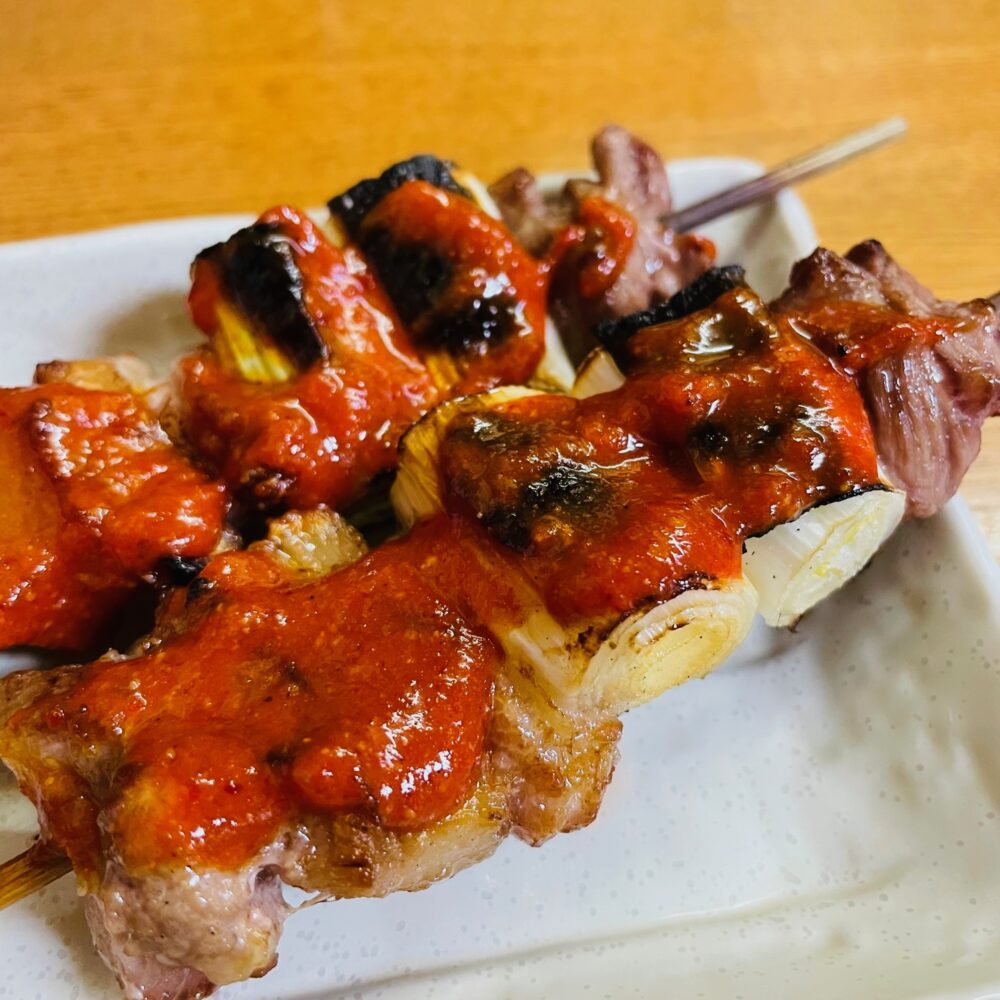
Higashimatsuyama City is one of Japan’s seven largest ‘Yakitori’ cities, along with Bibai City and Muroran City in Hokkaido, Fukushima City in Fukushima Prefecture, Imabari City in Ehime Prefecture, Nagato City in Yamaguchi Prefecture and Kurume City in Fukuoka Prefecture.
Higashimatsuyama also has a Yakitori Union, which is rare in Japan. The Higashimatsuyama Yakitori Association jointly purchases fresh pork kashira meat, which is then used at each restaurant. The Higashimatsuyama Yakitori Ondo also shows the spirit of promoting ‘yakitori’ in Higashimatsuyama. Higashimatsuyama’s ‘yakitori’ has also been selected as one of Saitama Prefecture’s ‘Our Regional Cuisines‘ by the Ministry of Agriculture, Forestry, and Fisheries.
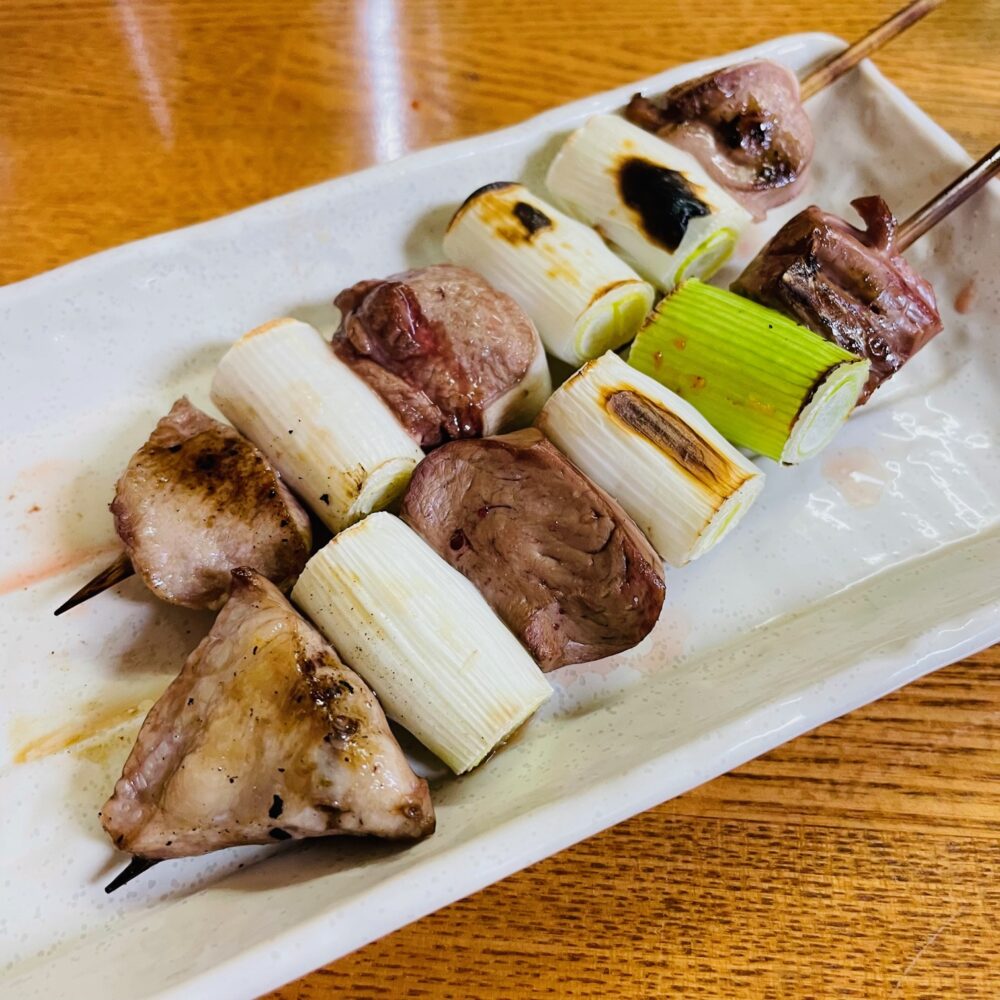

I first went to the long-established ‘yakitori’ restaurant ‘Keima,’ but was turned down because it was full, so I went to ‘Yakitori Hibiki Higashimatsuyama Ekimae Honten.’ However, Hibiki’s pork ‘yakitori’ was only available in kashira and belly meat. The rest was chicken yakitori, so I left the Hibiki. Next, I went to Yakitori Kotora, a branch restaurant of Keima.
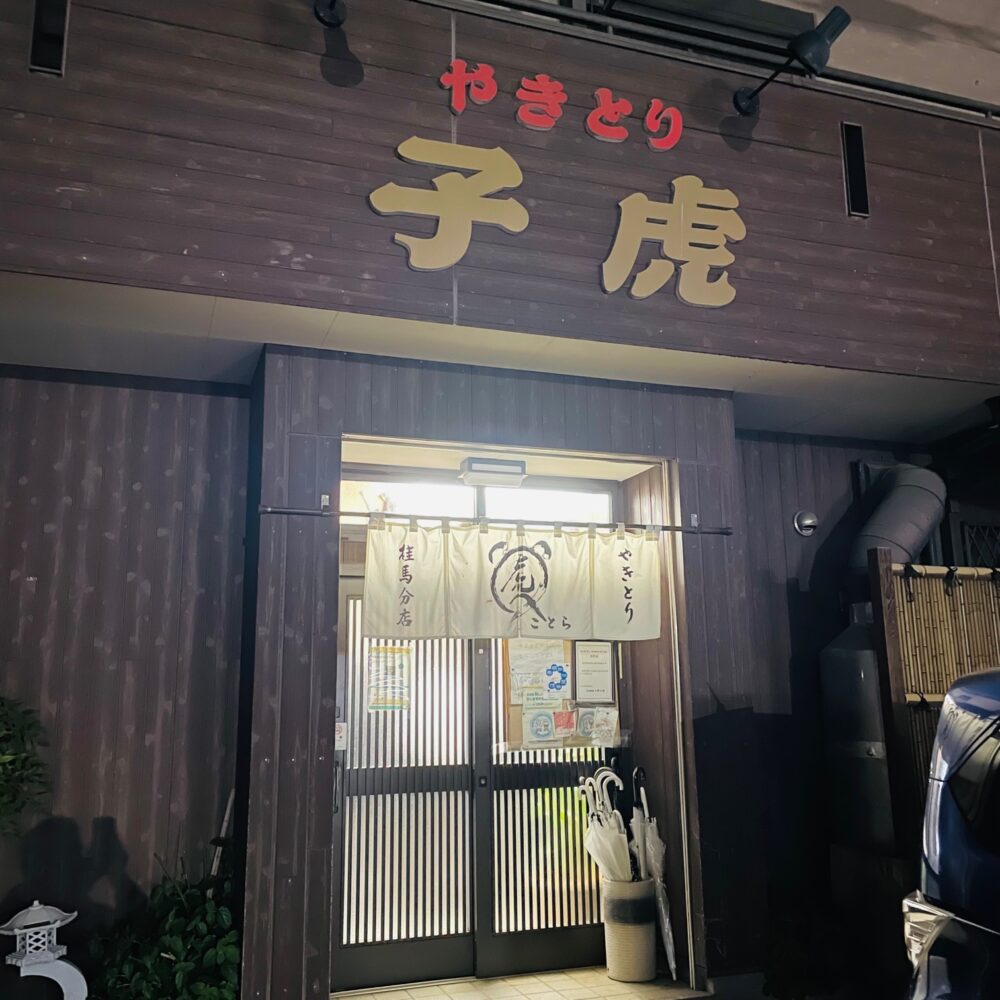
Yakitori Kotora offers a wide variety of delicious dishes besides Yakitori, which make for a great dinner. The ‘miso sauce’ at Yakitori Kotora is quite spicy but excellent. The Yakitori is also very tasty, and the miso sauce perfectly matches the Yakitori, so that I could eat many Yakitori. At Yakitori Kotora, when you sit down, you are served two “pork kashira” without having to order. It is a system that gives you a silent welcome, saying: ‘You came here to eat Yakitori, didn’t you?’ Many Yakitori restaurants in Higashimatsuyama have adopted the same system.
